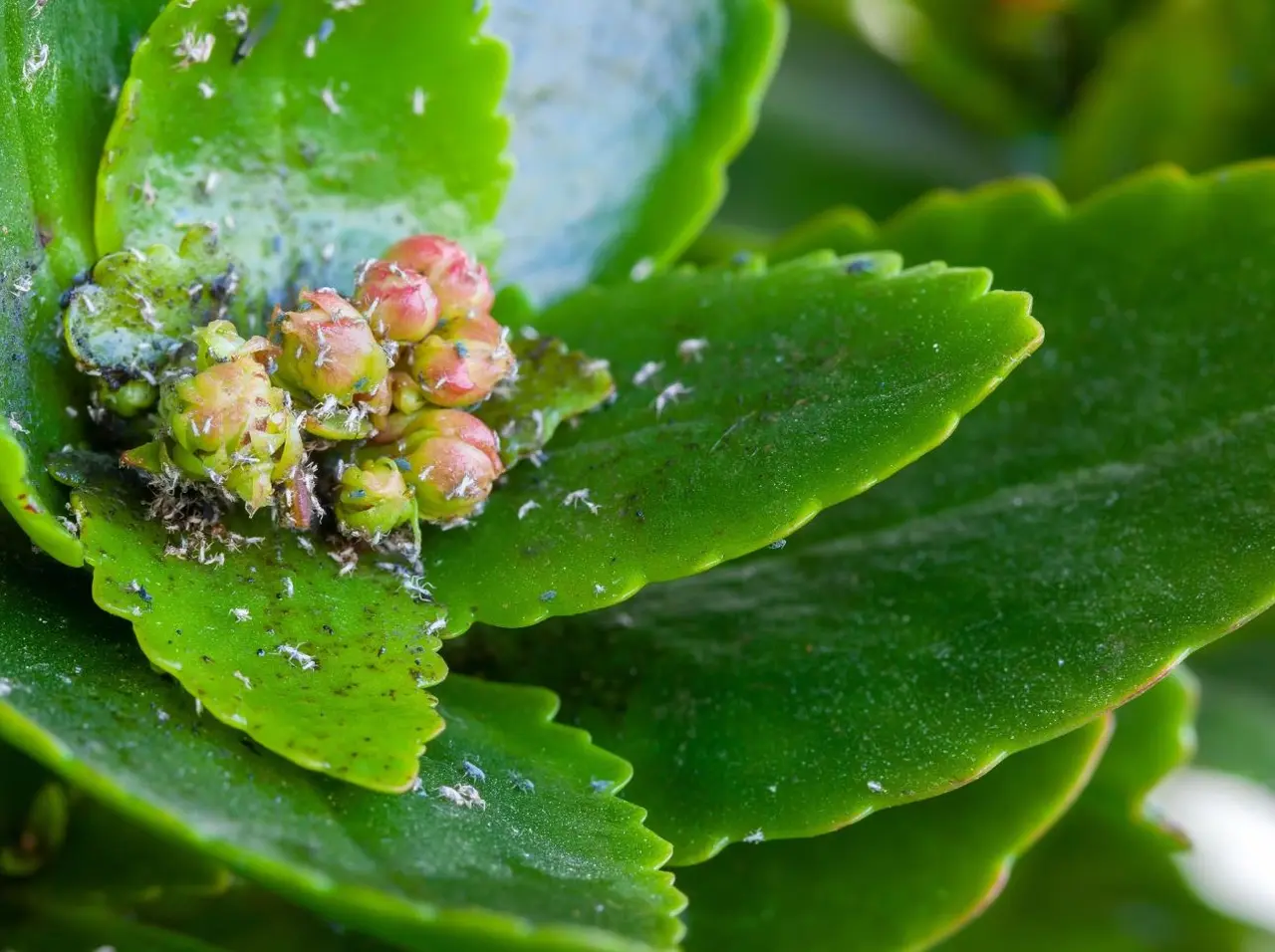Succulents, with their unique shapes and textures, are a popular choice for indoor and outdoor gardens. However, like any plant, they can be susceptible to pests and diseases. Understanding the common culprits and knowing how to treat them can help you maintain healthy and thriving succulents.
Common Pests Affecting Succulents
- Mealybugs: These tiny, cottony insects often cluster in the crevices of plants. They feed on plant sap, causing stunted growth and yellowing leaves.
- Scale Insects: These small, hard-shelled insects attach themselves to the plant’s stem and leaves. They suck sap, leading to weakened plants and discolored leaves.
- Spider Mites: These tiny arachnids create fine webs on plants. They feed on plant sap, causing yellowing leaves and stunted growth.
- Aphids: These soft-bodied insects cluster on young growth and feed on plant sap. They can cause yellowing leaves, stunted growth, and honeydew production.
Common Diseases Affecting Succulents
- Root Rot: Caused by overwatering or poor drainage, root rot leads to mushy roots and yellowing leaves.
- Powdery Mildew: A fungal disease characterized by white, powdery patches on leaves and stems. It thrives in humid conditions.
- Rust: A fungal disease that causes rust-colored spots on leaves. It is often favored by warm, humid weather.
Treatment and Prevention
- Isolating Infected Plants: To prevent the spread of pests and diseases, isolate infected plants from healthy ones.
- Handpicking Pests: For small infestations, manually remove pests using tweezers or a cotton swab dipped in rubbing alcohol.
- Neem Oil: A natural insecticide and fungicide, neem oil can be used to control pests and diseases. Dilute it according to package instructions and spray on the affected plants.
- Insecticidal Soap: This soapy solution can be used to control aphids and mealybugs. Follow the instructions on the label.
- Improving Growing Conditions: Ensure proper drainage, adequate sunlight, and good air circulation to prevent diseases.
- Regular Inspections: Regularly inspect your succulents for signs of pests or diseases. Early detection can help prevent serious problems.
Prevention Tips
- Quarantine New Plants: Before introducing new plants to your collection, quarantine them for a period to monitor for pests or diseases.
- Maintain Cleanliness: Remove dead leaves and debris from around your plants to reduce the risk of pests and diseases.
- Avoid Overwatering: Ensure your succulents have well-draining soil and avoid overwatering.
- Use Sterilized Tools: When repotting or pruning succulents, use sterilized tools to prevent the spread of diseases.
By understanding the common pests and diseases that affect succulents and implementing effective treatment and prevention methods, you can enjoy healthy and thriving plants for years to come.


